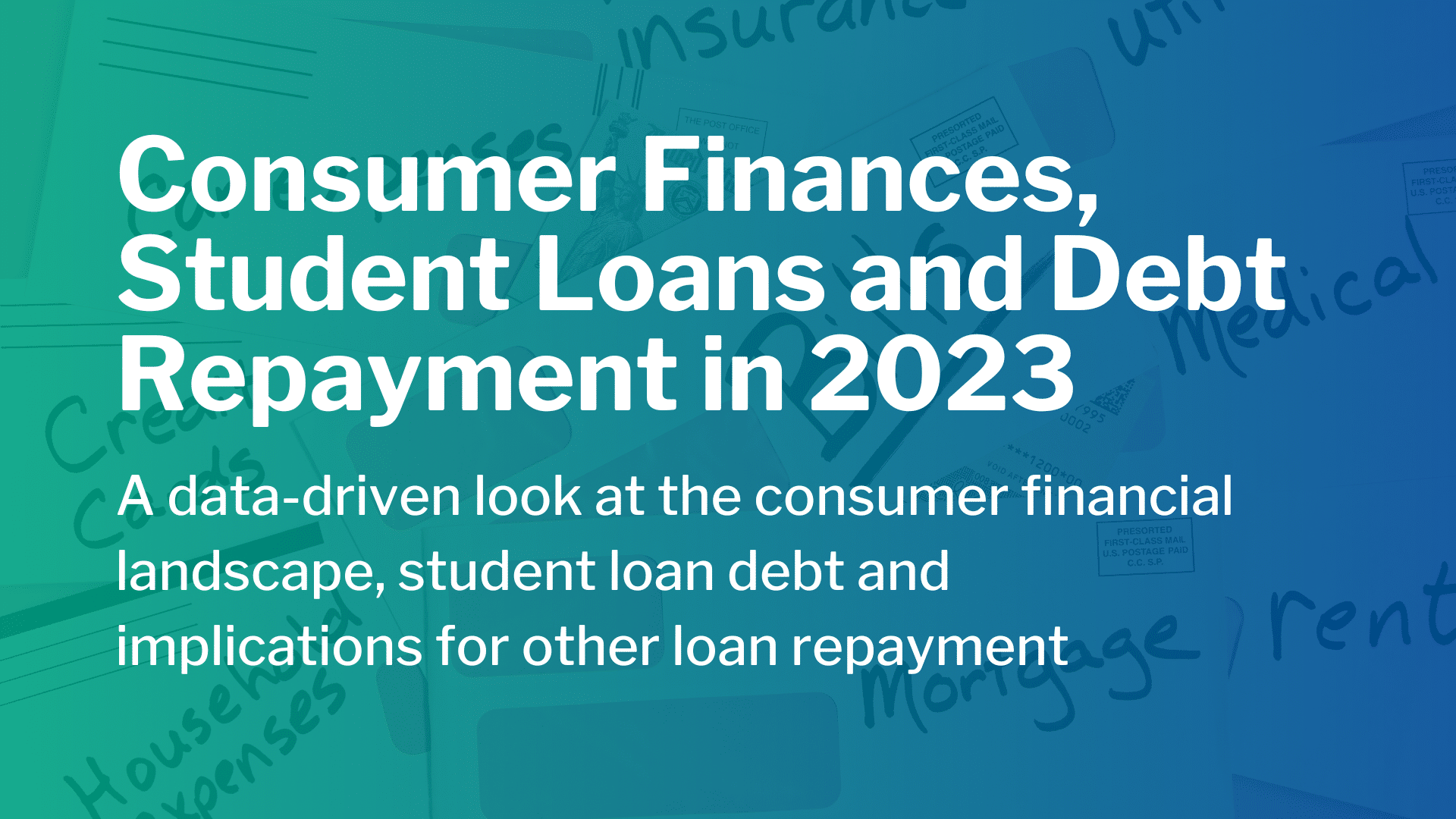
The economy took a wild ride in 2022, and with interest rates continuing to rise, inflation expected to remain relatively high and household savings dwindling, 2023 could be just as challenging. As consumers battle high inflation and interest rates to afford necessities, budgets will be stretched and many will have to prioritize when and where they spend. Unsurprisingly, paying off debt will likely take a back seat to food, housing and transportation needs. But what will that mean for lenders and creditors?
In order to construct a comprehensive picture of the financial landscape for consumers with debt in delinquency, we analyzed data of thousands of consumers in debt collection to explore how they are positioned to handle financial stressors as well as how different financial burdens impact the repayment ability of consumers in debt collection, especially for those with student loans in this tumultuous economy.
Key Takeaways from the Report:
- Economic indicators show a rough road ahead for consumers
- Resumed student loan payments will impact ability to pay debts – consumers with student loans have an average of $11,373 in non-student loan debt, or 92% more than consumers without student loans ($5,917)
- Student loan holders increased their average number of open trade lines by 10.3% since 2020, while open trade lines decreased by 7.7% for non-student loan holders
- Consumers with student loans have an average of $811 more in auto loan debt than those without student loans as of 2022
- Engaging consumers with multiple debts requires understanding, personalization and patience in 2023
Download and read the full report for more insights.